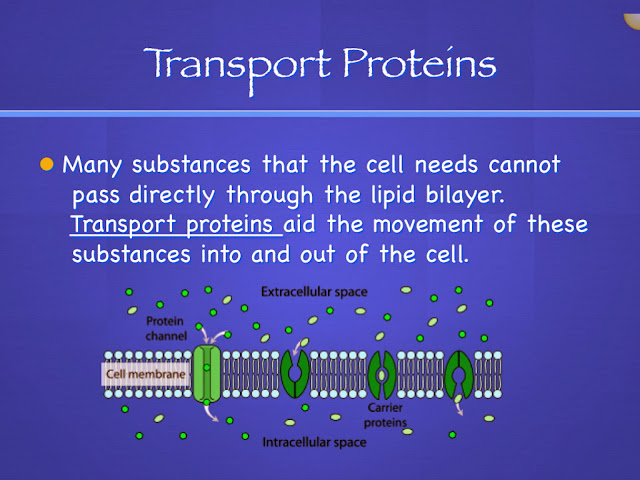Friday and Monday we had work days on our "A Cell is like a...." project. Don't forget the posters and write ups are due to me Tomorrow!!!!
I also made available on Edline the Daily Question Quiz Exemption Form if you would like to be exempt from one of our daily question quizzes.
I also made the 1st nine weeks extra credit available on edline and passed out hard copies of this on Monday.
Today we wrapped up this chapter with some final daily questions and worked through Study Island questions.
Tuesday October 22nd
Some
disorders are caused by a lack of lysosomes in the cells of a particular
tissue, what would result from this? (What would happen in the cell? – First look on your notes
to see what lysosomes DO)
Since the role of lysosomes is to break down the "junk" in a cell, this will end up building up in cell causing it to become "toxic." Many of the disorders I suggested for your extra credit assignment are lysosomal disorders. Here is the abstract from a scientific article about lysosomal disorders.
"Many neurodegenerative diseases are characterized by the accumulation of undegradable molecules in cells or at extracellular sites in the brain. One such family of diseases is the lysosomal storage disorders, which result from defects in various aspects of lysosomal function. Until recently, there was little prospect of treating storage diseases involving the CNS. However, recent progress has been made in understanding these conditions and in translating the findings into experimental therapies. We review the developments in this field and discuss the similarities in pathological features between these diseases and some more common neurodegenerative disorders."
If
the Golgi apparatus was out of order in a cell, what would the direct result of
that be regarding protein production and transportation? (First look in your notes to see what the
golgi apparatus does)
If the Golgi apparatus went on strike - Proteins that were made on the Rough Endoplasmic reticulum would not be processed and transported out of the cell. Here is another abstract from a scientific article about the link between Golgi apparatus malfunction and Alzheimer's
Abstract
Alzheimer’s disease is an irreversible, progressive neurodegenerative disorder leading invariably to death, usually within 7–10 years after diagnosis and is the leading cause of dementia in the elderly. Not only is Alzheimer’s disease a tragic disease in which people suffer from neurodegeneration in the years to come, it also becomes an incredible burden on the public health system. However, there is currently no effective treatment to halt the progression or prevent the onset of Alzheimer’s disease. This is partly due to the fact that the complex pathophysiology of Alzheimer’s disease is not yet completely understood. Recently, Golgi apparatus is found to play an important role in Alzheimer’s disease. In this review, we discuss the changes of Golgi apparatus during clinical progression and pathological development of Alzheimer’s disease. First, changes of Golgi apparatus size in Alzheimer’s disease are summarized. We then address the role of Golgi apparatus in the neuropathology of Alzheimer’s disease. Finally, the role of Golgi apparatus in the pathogenesis of Alzheimer’s disease is discussed. Understanding the contribution of Golgi apparatus dysfunction to Alzheimer’s disease and its pathophysiological basis will significantly impact our ability to develop more effective therapies for Alzheimer’s disease.
Then you answered the questions on Study Island. If you did not finish those today in class, I ask that you complete that by Friday.

 We then did a couple different demonstrations. The first was just to simply see the movement of water from high to low concentration.
We then did a couple different demonstrations. The first was just to simply see the movement of water from high to low concentration.

















































